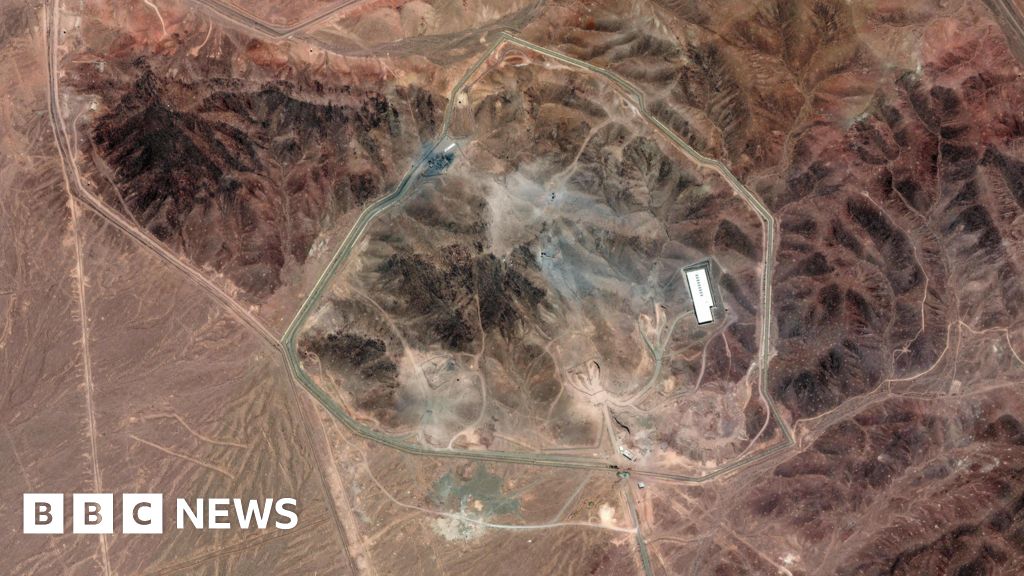Technology is being pushed to its very limits. The upgrades to the Large Hadron Collider (LHC) at CERN slated for the next few years will increase data transfer rates beyond what the current neutrino detector for the FASER experiment can cope with, requiring it to be replaced by a new kind of more powerful detector.
This is a task that physicist Professor Matthias Schott from the University of Bonn will be tackling.
Extremely lightweight, electrically neutral and found almost everywhere in the universe, neutrinos are among its most ubiquitous particles and thus one of its basic building blocks. To researchers, however, these virtually massless elementary particles are still “ghost particles.”
“They interact with matter so rarely that billions of them will pass through our bodies without leaving a trace,” says Professor Matthias Schott from the Institute of Physics at the University of Bonn. “That makes it extremely difficult to detect them.”
New detector to handle higher data transfer rates
In 2023, researchers working on the FASER experiment (ForwArd Search ExpeRiment) at the LHC, part of the European Organization for Nuclear Research (CERN), successfully detected neutrinos produced in proton-proton collisions for the first time.
This ushered in a new era of research into high-energy neutrinos, not least as the compact detector experiment is ideal for detecting neutrinos produced in collisions involving a very large amount of energy.
Over the coming years, however, the LHC is to be upgraded to the “High-Luminosity LHC” in order to give it even more power. This will increase its collision rate three- to fourfold from its current level of 600 million a second and multiply the volume of data that it processes by a factor of about 20.
“This upgrade will render FASER’s current detector concept obsolete, as the data rates we’re expecting will simply be too high,” explains Matthias Schott, who is also a member of the Modeling and Matter Transdisciplinary Research Areas (TRAs) at the University of Bonn.
“As part of the Koselleck Project, therefore, my team will be developing the first-ever dedicated, active neutrino detector for the LHC that is specifically designed to be used during the high-luminosity phase and can handle the high data transfer rates.”
This will make use of a technology, known as GridPix detectors, that the researchers in Bonn have already gained extensive experience of. “These detectors allow us to measure neutrino interactions precisely,” Schott says. This could pave the way for investigating how two flavors of neutrino—electron and muon neutrinos—interact in an energy range that has not been studied to date.
“We might even find the first experimental indication of the existence of anti-tau neutrinos. Interactions like this have never yet been able to be detected directly.”
Citation:
Innovative new detector to hunt for neutrinos (2025, May 8)
retrieved 9 May 2025
from
This document is subject to copyright. Apart from any fair dealing for the purpose of private study or research, no
part may be reproduced without the written permission. The content is provided for information purposes only.

















